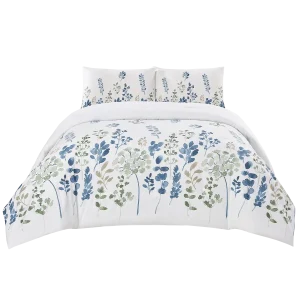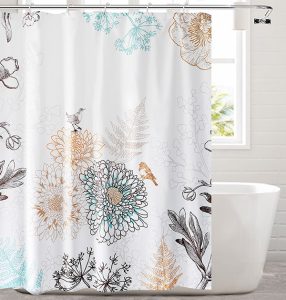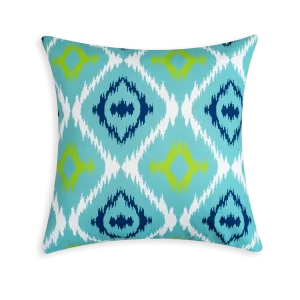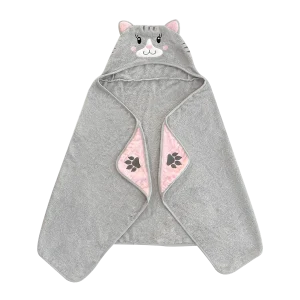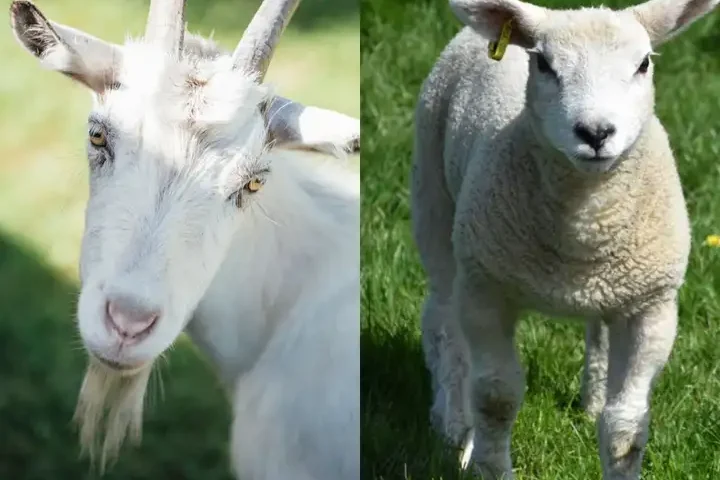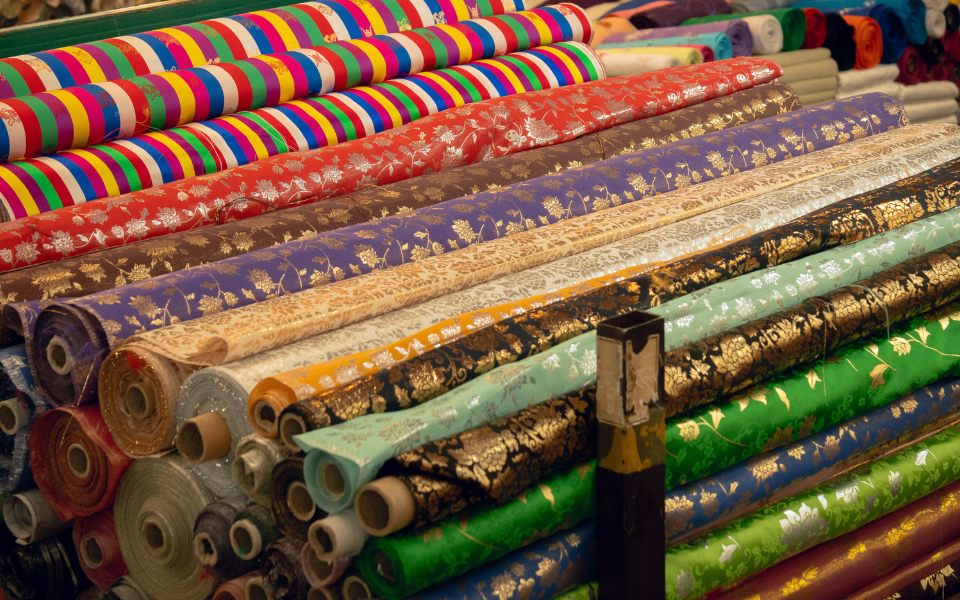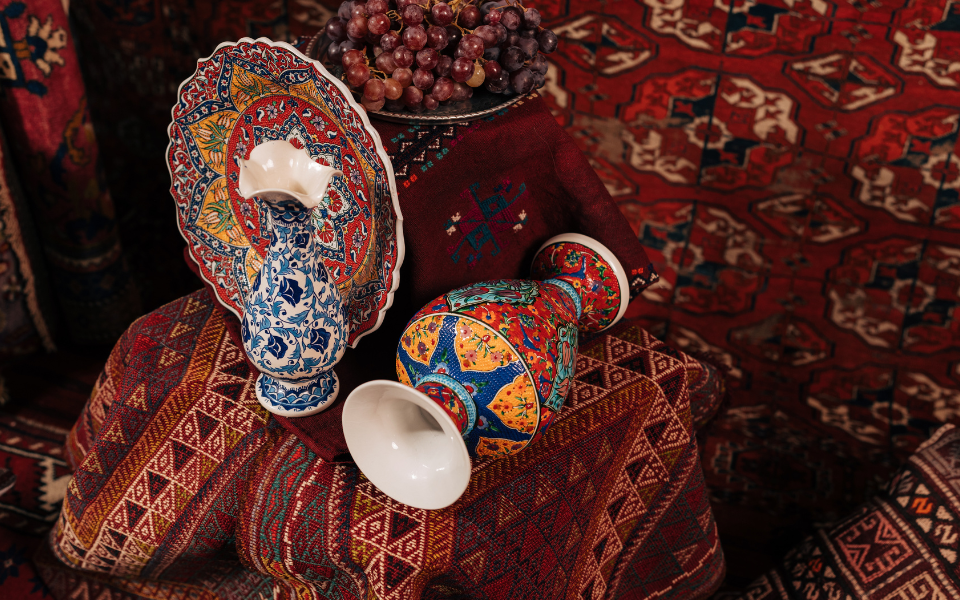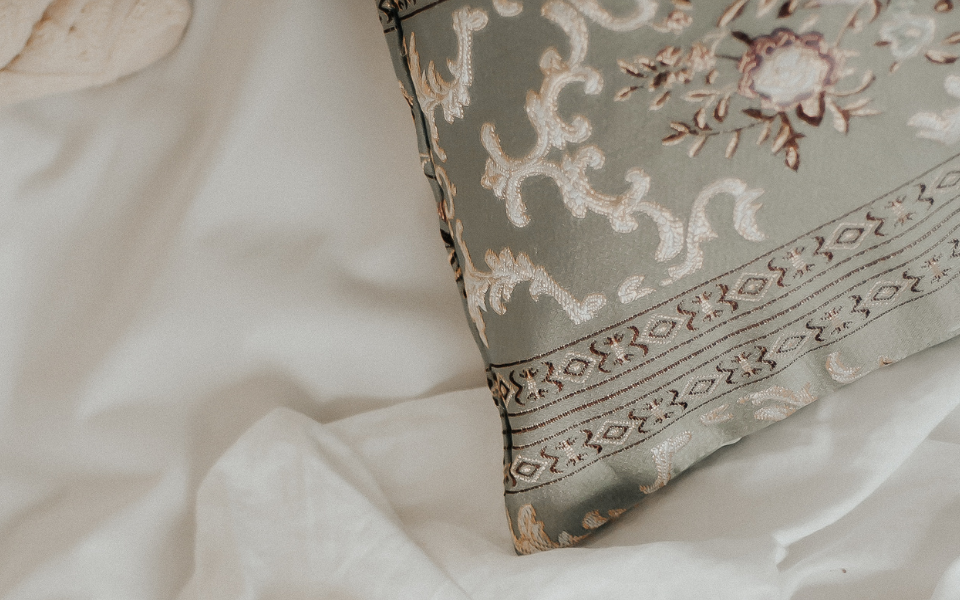
Shower Curtain, Shower Room, or Partition: Which Should You Choose for Your Home?
June 16, 2024
How reliable is your long-term home textile supplier?
August 4, 2024Textile fibers are divided into chemical fibers and natural fibers. Wool and cashmere fall under the category of natural fibers, specifically animal fibers.
Here are the four key differences between wool and cashmere:
1. Source
Both wool and cashmere come from sheep, but they differ in origin. Wool comes from sheep, and even if it is very fine, it is still called wool. Cashmere, on the other hand, comes from goats; only the fine undercoat from goats can be called cashmere.
2. Collection Method
Wool: The collection of wool is similar to giving a man a haircut.
Cashmere: Collecting cashmere is like combing hair. Using a special iron comb during the spring molting season, the short, fine undercoat close to the goat’s skin is carefully combed out.
3. Comfort and Softness: Cashmere > Wool
Wool: Wool fibers are long, solid cylinders with a three-layer structure: cuticle, cortex, and medulla. Due to the collection method, wool fibers vary in length and are curly, with overall fiber length and curl greater than cashmere.
Cashmere: Cashmere fibers are hollow and have a two-layer structure: cuticle and cortex, without a medulla. This makes cashmere products very elastic and soft to the touch. For example, if you have a double-faced cashmere coat, you can test its elasticity by grabbing it and releasing it; the fabric will immediately return to its smooth state without wrinkling.
4. Price: Cashmere > Wool
Due to the collection method, a single sheep can produce several kilograms of wool per year, while a goat can only yield a few dozen grams of cashmere annually. This rarity, combined with cashmere’s superior softness, comfort, and warmth, makes genuine cashmere products more expensive than wool products.
How to Choose Wool and Cashmere Products
Choosing Wool Products
Wool Sweaters: Invest in high-quality wool sweaters and avoid wearing them directly against the skin. Wool has coarse, jagged edges that can be irritating. Ordinary wool sweaters can feel scratchy and less skin-friendly.
Wool Coats: Opt for 100% wool coats, which offer great performance and higher cost-effectiveness compared to cashmere coats. Avoid blends of wool and synthetic fibers, as these coats lose warmth and durability over time, becoming wrinkled and pilling easily.
Wool Blankets: Choose wool blankets with at least 50% wool content. Wool blankets are prized for their excellent warmth and skin-friendly properties. Lower wool content reduces these benefits.
Choosing Cashmere Products
Cashmere Base Layers: Buy 100% cashmere base layers. Cashmere’s smooth, fine scales and lightweight, soft, warm fabric make it the most absorbent of all textile fibers. It feels soft and comfortable against the skin. If a garment doesn’t feel comfortable, it may have low cashmere content or not be genuine cashmere.
Cashmere Coats: If budget allows, a 100% cashmere coat is a must-have. Ideal for special occasions, cashmere coats are known for being light, thin, and warm. The luxurious sheen of a cashmere coat exudes an unmatched elegance compared to wool coats.
Conclusion
Understanding the differences between wool and cashmere helps you make informed choices for your wardrobe. Wool is more affordable and practical for everyday use, while cashmere offers unparalleled luxury and comfort for special occasions.

